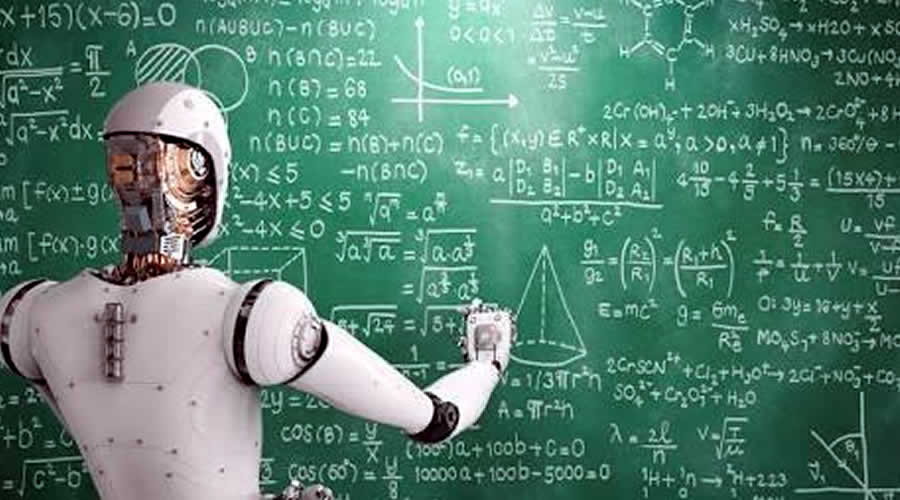AI (Artificial Intelligence) has ideally infiltrated every aspect of our lives ranging from TV viewing, clothes shopping, to even dating. Essentially, AI promises to transform each area of human society, including modern education. But although it is typically transforming all aspects of our livelihood, the pending question is what exactly is the importance of AI in education, what changes has it inspired in modern education, and what does it mean for the global modern education system at large?
Currently, education processes worldwide have effectively adapted to integrate varying AI applications. Considering that students can now access learning materials online through their tablets and smartphones, it is evident that they need not depend on traditional textbooks. Similarly, with more and more online institutes cropping up worldwide, students now have more opportunities to boost their knowledge without the need ever to leave their homes.
Ideally, AI improves modern education in multiple ways. Below are five key ways of how AI has transformed modern education systems across the globe.
1. It Automates Grading
As most teachers will attest to, grading is significantly tedious. If this is not bad enough, it, unfortunately, takes up substantial time, which could otherwise be used for some more purposeful and meaningful pursuits such as professional development and lesson planning. Nonetheless, with AI, this has slowly become a minor concern.
With AI technology, there is now unique software that is designed to grade written essays and answers. This effectively means that teachers can now make better use of the time they otherwise use in grading papers helping their students learn much better. Similarly, with the accuracy of these systems, complaints from students about unfair grading are slowly getting redundant.
Finally, AI is also transforming administration boards of schools since classification and processing of paperwork are now automated.
2. It Personalizes Learning Making it easier to cater to Individual Students Needs
Artificial Intelligence (AI) distinctly empowers educators to effectively cater to their student’s individual needs right from the onset. This affords teachers adequate time to assist their students.
Ideally, software such as Brightspace Insights can ably forecast and predict students who are at risk, therefore, allowing teachers to focus on assisting them as they learn. What’s more, with such provisions, teachers can have student’s data in advance, enabling them to create personalized studying plans suited for their students.
Also, with Machine Learning and AI being adequately adept in identifying patterns that otherwise usually escape our human eyes, this technology can assist in distinguishing the students who will prosper by reading assigned coursework materials from those who prefer lecturing.
3. It Helps Tutors Identify and Manages Gaps in Learning
For teachers to cover the entire school syllabus within a short period, they need to maintain a particular pace. However, this usually results in many gaps within the instructional material and the lectures leaving several students confused.
Luckily, AI seems to offer the ideal solution to this persistent issue. With modern education systems slowly embracing AI, students can now actively participate in an intellectual, personalized conversation and receive instant and accurate feedback.
This way, modern education students can quickly and easily understand the crucial concepts without overreliance on the teacher. This technology also helps the instructor identify various gaps within modern learning, allowing them to help their students catch up faster.
4. Makes Smart Content More Available
Currently, various organizations such as JustThatFacts101 and Cram101 provide Smart Content and utilize AI technology to assist students in learning more effectively. Similarly, Smart Content has now found use in several educational institutions. Also, it is being used by websites for purposes of attracting appropriate visitors.

According to EMUCoupon Content Manager, smart content simply means generating an experience centered on a visitor’s past behaviors. Usually, this can include various factors like demographics, device type, as well as language.
When it comes to the academic realm, Smart Content and AI integrations mean that when students click on a suggested useful link to a platform that operates with the Smart Content concept, they can subsequently gain access to a wide range of customizable digital learning guides and learning interfaces.
What’s more, several of these modern platforms give feedback, interactive content, thorough assessments, and exercises. This way, instructors can effectively create customizable content and agendas that are easily accessible to their students. With smart content getting even ‘smarter,’ advance self-assessments and simulations are set to be incorporated into this innovative technology.
5. Leads to the growth of Online Education
AI eradicates all international barriers from modern education. In fact, more than ever before, education has spread significantly. According to one study, more than 6 million American students are already embracing distance education.
With AI continually changing modern education, digital classes will get more popular since many students will prefer this option. This is primarily because; students will have more access to learning materials online. Numerous governments across the globe are now investing in online AI-empowered education to ensure the rural areas have more access to high-quality education.
Conclusion:
Modern education has changed significantly over the years, with AI playing a massive role in modern classrooms going forward. AI offers tremendous opportunities for modern education. Besides automating necessary activities, offering added assistance to teachers, and personalized curriculum to suit student needs; AI technology has a lot to offer. Fundamentally, AI has transformed teachers into facilitators and coaches who steer students in the appropriate direction as AI illuminates the way.
